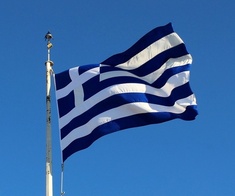
Five Islands of Greece
First published: Tuesday June 7th, 2022
Report this blog
Introduction
Anyone that has had a holiday in Greece will most probably have been to one of the islands. Crete, Corfu and Rhodes are very popular destinations. There are around 6,000 islands and islets scattered around Greece in the Ionian Sea and the Aegean sea, although only about 200 or so are inhabited.
My blogs, as you may or may not know, concentrate on the smaller, lesser travelled places that have a perhaps unknown history. Not for us the delights of Lesbos, or the blue houses of Santorini. We could call ours the runt islands if you like. Those little shy puppies cowering in the corner waiting to be picked by a friendly family. (My two dogs were like this, thats why I picked them, but I digress).
Anyway, here are our last five islands from Europe (for now at least). I will reveal the direction the next blog will take in the summary at the end of this blog. Truth is I haven't really decided yet.....
Antiparos
Antiparos lies in the southern Aegean Sea amongst the archipelago known as the Cyclades. The island's economy is mainly based on tourism and fishing. Most of the 1200 inhabitants are employed in the islands hotels and restaurants. The ancient name of the island was Oliarus, possibly Phoenician for "wooded mountain".

In 1207 the island was seized by a Venetian nobleman, and was under Venetian rule for over 300 years until it was taken over by the Ottomans. It then fell into Russian hands and eventualy to the Greeks during the Greek War of Independence in 1821. During the Second World War the southern part of the island was used as a secret submarine base
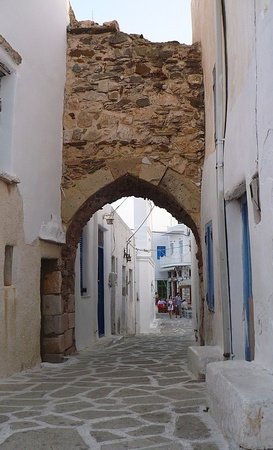
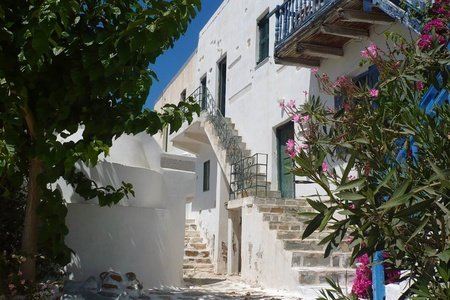
In the centre of the island is the entrance to a cave system known to have been in use since Neolithic times. It is said that ancient Greek poets left inscriptions in the many levels of the cave. It was extensively renovated to allow better access for tourists.
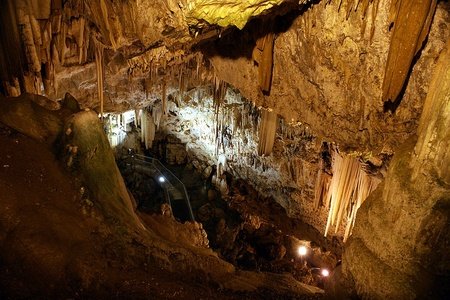
Hollywood actor Tom Hanks has a property on Antiparos.
Getting there is by car ferry from Pounta on nearby Paros, or by boat from Parikia.
The official website of the island is available in Greek or English.
Kalymnos
Kalymnos is an island in the southeastern Aegean Sea and is part of the Dodecanese island chain. It is one of the wealthiest of the Greek islands. Kalymnos is known as Kelemez in Turkish and is actually closer to the Turkish mainland than to Greece, in fact the island's religious buildings are maintained from Istanbul rather than Greece.
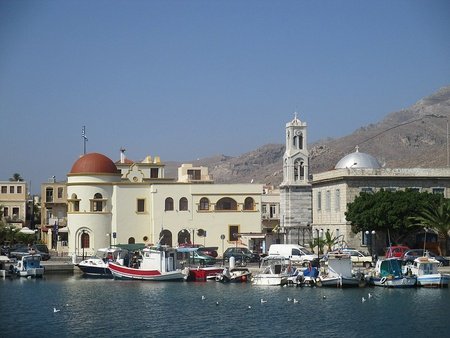
The island was under Byzantine control in the Middle Ages and in the 13th century was used by the Venetian Republic as a naval base. It was attacked many times by the Ottoman Empire, eventually being taken over in 1522. During the Italo-Turkish War of 1912, Kalymnos was occupied by the Italian Royal Navy and finally returned to the Greek state in 1947.
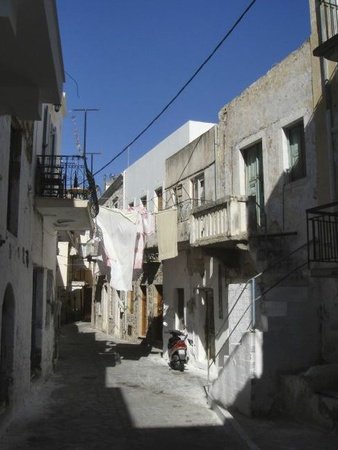
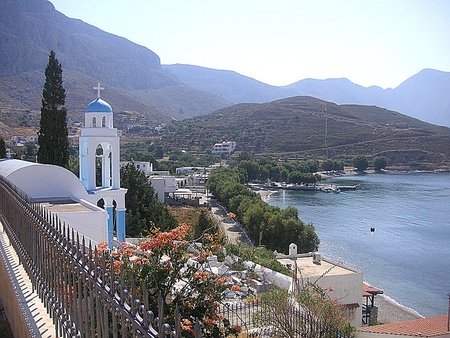

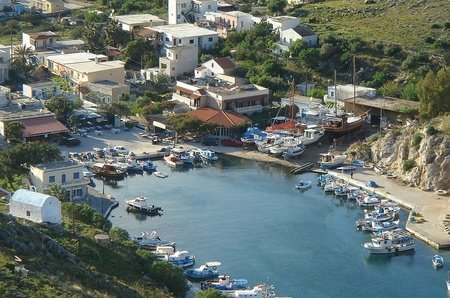
The island is famed for it's sponges that are collected by divers in the surrounding waters. Historically they were collected nearby and as far away as the North African coast. A festival known as "Sponge Week" occurs each year to celebrate the history of the sponge divers.
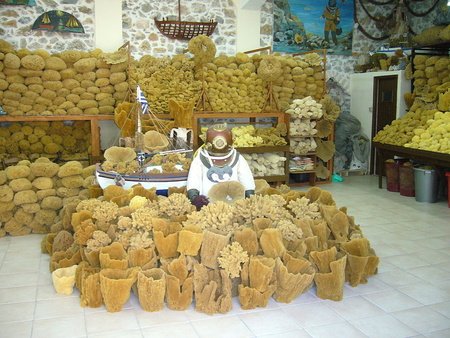
Kalymnos can be reached by ferry from either Piraes or several of the other surrounding islands. There is also a small airport with flights from either Athens or Bodrum in Turkey.
The island's official website is full of pictures and information.
Psara
Psara is located in the northern part of the Aegean Sea. It is slightly nearer to Izmir in Turkey than Athens. There are, according to the 2011 census, around 450 inhabitants mostly concentrated in the small town and port that has the same name as the island.
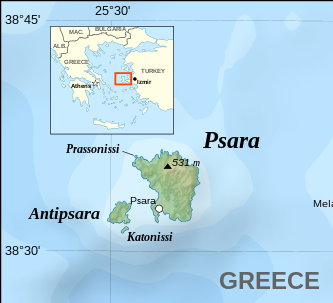
The island has been populated since at least 1000 BC with the sea being the main way of making a living. In the 16th century the island became an important trading post with vast profits being accumilated. So much so that Psara's shipping fleet was only surpassed by Hydra and Spetses.
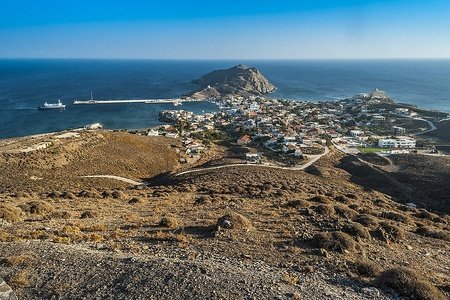
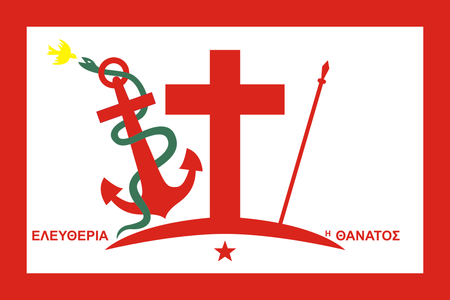
The islands flag depicts the cross of the Society of Friends, a secret organisation created in 1814 to overthrow the Ottoman occupation of Greece. The phrase in Greek translates to "Freedom or Death".
When the island joined the Greek War of Independence in 1821 the islands population was around 7,500 plus about 23,000 refugees from other parts of the country. In 1824 the Ottoman forces invaded the island. In an effort to repel them a local lit a fuse on the gunpowder store. Unfortunately this killed most of the villagers along with some of the invading army. The explosion was likened to the eruption of Vesuvius. Many survivors put to sea only to be either killed or sold into slavery by the Turks.
Psara remained in the hands of the Ottoman Empire until it was recaptured by the Greek navy in 1912.
The island can be reached by ferry from the neighbouring island of Chios or from various other points on the mainland and islands.
The website of the next island Chios has a section dedicated to Psara.
Paxos
Paxos is situated on the opposite coast in the Ionian Sea, just south of one of the largest islands, Corfu. According to Greek mythology it was created when Poseidon struck Corfu with his trident, thereby giving him somewhere peaceful to relax with his wife, Amphitrite.

Although Paxos was probably inhabited since prehistoric times, the first recorded occupants were the Phoenicians in around 230 BC. The name is thought to come from the word Pax which means "trapezoidal" in the Phoenician language and refers to the vague shape of the island.
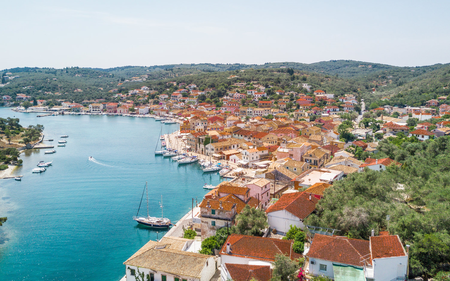
The island was ruled by the Romans from the 2nd century BC, but has been occupied at some point in it's history by Venetians, French and British. In the Middle Ages the island was attacked and ruled by various pirates. It was finally ceded to Greece in 1864.
Due to the influx of many rich celebrities, Paxos is now one of the most expensive areas in the whole of Greece. The coastal regions have been developed as holiday homes with massive Italian private investment.
The west coast is rugged with white chalky cliffs, that hide many "blue caves" caused by tidal erosion. Much of the landscape of the island is taken over by olive groves. Subsequently olive oil production was the major source of income until tourism was promoted in the 1960's. Soap manufacture and fishing make up the other industries.
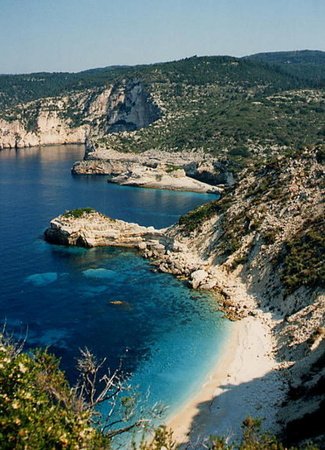
The island of Paxos can be reached by ferry or jetfoil from the island of Corfu or Igoumenitsa on the mainland. Jetfoils also occasionaly run, via Corfu, from the Albania resort of Saranda, as well as the Italian ports of Bari and Brindisi. There was also a private seaplane service from Corfu, although this is currently unavailable.
The island's website has an excellent gallery of photos and information.
Elafonisi
Elafonisi is located just off the southwestern end of the much larger island of Crete in the Mediterranean Sea. The island is a protected nature reserve with pink sandy beaches caused by the pigment of microorganisms that live in harmony with the local seaweed species.
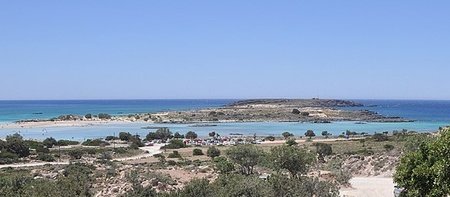
The island was the scene of a couple of tragedies. Firstly on Easter Sunday in 1824, several hundred Greek women and children taking refuge on the island were massacred by invading Ottoman forces. Sources estimate the number to be between 600 and 850 people. All the survivors were sold into slavery in Egypt. A plaque on the highest point of the island is a memorial to this event.
The second tragedy occured in 1907 when the Imperatrix passenger steamer sank in bad weather. Thirty eight people perished when their lifeboat capsized in heavy seas. All were buried on the island and a large wooden cross was erected in commemoration. The wreck can still be seen off the coast.
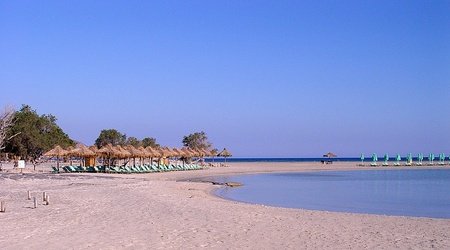
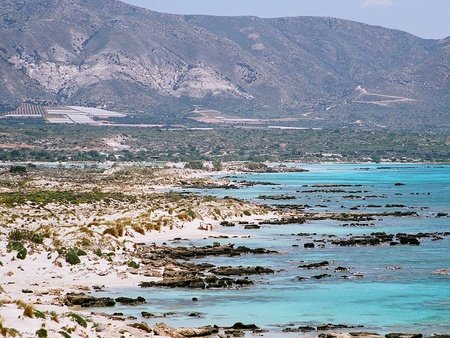
Getting to the island is easy, just walk across at low tide or in good weather. The waters are shallow and safe for children. Car parking is available next to the beach on the main island of Crete. Alternatively, boats run from the Cretan port of Paleochora, this takes about an hour and has some lovely views of the coast en route.
The "Visit West Crete" website has an extensive gallery and information about the island.
Summary
Well, that's pretty much it for Europe. I may do a blog at some time in the future about European islands that aren't on the coast, who knows ? Certainly not me, I'm just making stuff up as I go along. ......Ermm...I mean I making up the summary as I go along, not the facts about the islands.....(phew I think I got away with that one, that was close)
So, where to next, you may ask. Go on ..ask!
I think a natural progression from here is to a part of the world that used to be known as "The Levant". Originally used to describe parts of the Middle East, it is generally thought to refer to the Eastern Mediterranean. Mainly Turkey, Syria, Lebanon, Israel and Egypt. Plus Jordan and sometimes Iraq, however, since these have no islands to speak of they are not the subject of these blogs. The five remaining countries is a nice number considering the blog series, so hopefully I can write about one for each nation, we shall see.
Once again it may be a couple of weeks before the next episode, work and family commitments must obviously take priority.
Instead of saying goodbye, from now on I'm going to leave you all with a quote that I like.
This episodes quote is from the film "Convoy" starring Kris Kristofferson. The film starts with the lines "Arizona, noon, on the seventh of June" Thats today ! Appropriate I think. Anyway, the quote....
"I'm not in front, they're just following me"

And Thanks for the compliments